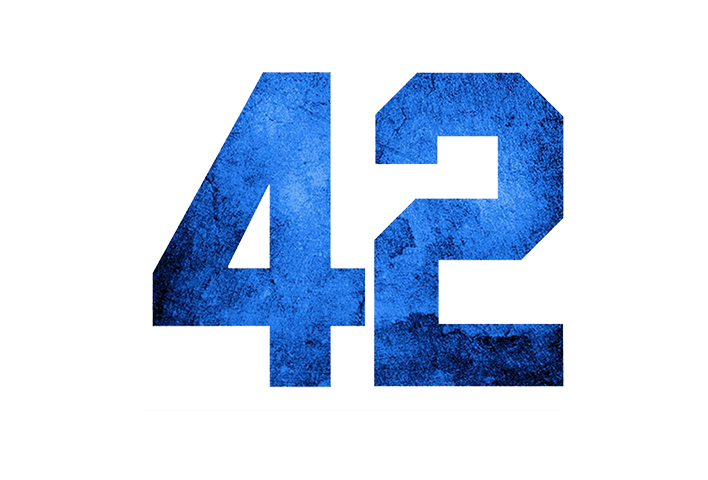The massive groundswell of the ‘Black Lives Matter’ protest has resonated around the world. Even to my sleepy little hometown of Darwin right here in Northern Australia. As great as things are here, we do have problems with Aboriginal deaths in custody, as well as a disproportionally large number of Aboriginal people being detained or incarcerated in our country. Things must improve, and I hope that the awareness and motivation generated by this recent movement will mean real changes and improvements to the lot of non-white people here and across the world.
Personally, I consider myself quite lucky. Whilst I am a “sub continental punter” (as Whoopie, a charismatic team member from my cricketing days used to affectionally call me), I have experienced very little overt racism during my time here in Australia.
One reason why I really love this country. Everyone seems very open and curious and non judgemental when you come across them. Sure there may be some rare occasion of undercurrents of racism - being made to wait longer in a line at the bar or store for no reason while other ‘whiter’ customers are given priority, or not getting calls or emails returned if I use my full name when introducing myself (and getting better responses when I don’t include my name) etc., but by and large, these do not really concern me at all.
Probably the worst case was in school in Year 12. I was in a boarding school, and the Year 12 boarders got the privilege of living in actual houses surrounding the school. These were beautiful old Adelaide architectural domains, and the one I shared with about 8 other kids had a disused cellar that we converted into a little hangout to get away from the stresses of exams or school life.
When the cellar was outfitted with all the mod cons necessary for high school kid life, I went to go in there one night after a particular hard study session only to find the door locked. I knocked and asked to enter, only to hear the voice of the guy who was actually the boarding house captain (let’s call him Arthur) say “Sorry, you can’t come it. This area is for whites only”. This was mostly puzzling, rather than offensive to me at the time, and I simply wandered off and went to bed.
Next morning James, another close friend of mine who had been in the room came up to me with tears in his eyes while I ate breakfast. He apologies profusely for what was said to me and said that he was repulsed by it and that it was wrong. I was grateful to James for his honest and emotional short speech (and he went on to be one of my best men at my wedding).
Many years later, at a 30 year reunion of our boarding house, I came across Arthur again at the party. He greeted me warmly and chatted away as if nothing had happened. He probably didn’t even remember the incident at all. In truth, he probably wasn’t even a racist, but just didn’t ‘get’ me for some reason back in the day, and just used the bigotry angle as a way to needle me at the time.
I chose to just forgive him at that point and to focus on talking and reconnecting with the 99 other friends in the room whom I shared great moments with during my school years.















